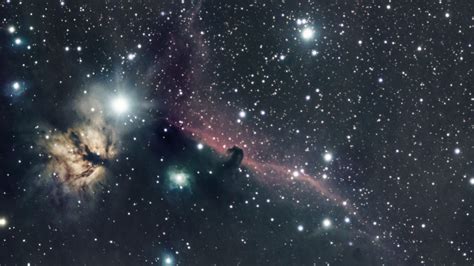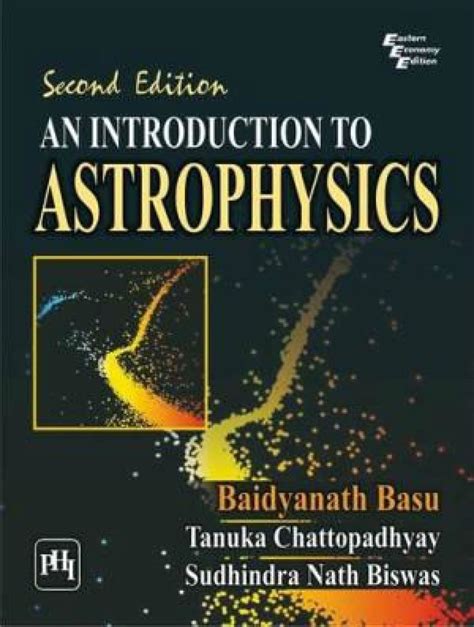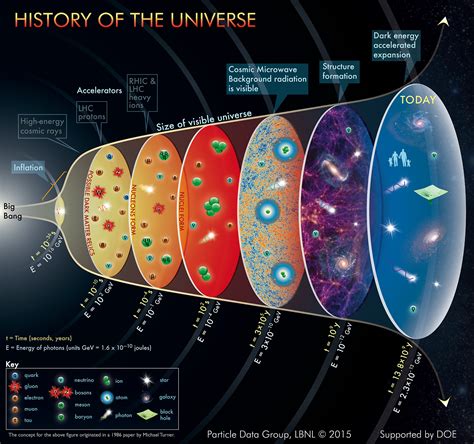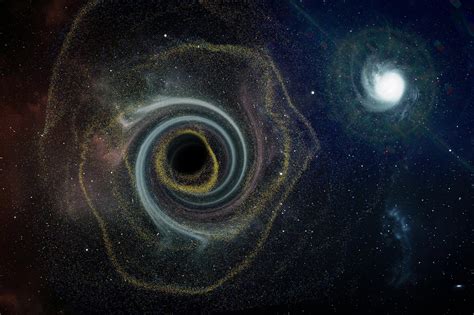Breaking News


Popular News


Embark on a cosmic journey through the wonders of astrophysics, from the origin of the universe to the enigma of black holes. Explore more.Are you fascinated by the mysteries of the universe and the forces that govern it? Have you ever looked up at the night sky and wondered about the secrets held within the celestial bodies and phenomena? If so, then you are in for a treat as we embark on an exploration of the wonders of space through the lens of astrophysics. In this blog post, we will delve into the captivating world of astrophysics and its role in understanding the origin of the universe, studying celestial bodies and phenomena, unraveling the mysteries of black holes, and exploring the possibility of extraterrestrial life. Join us as we take a journey through the cosmos and gain a deeper understanding of the awe-inspiring phenomena that exist beyond our own planet. Get ready to be captivated by the marvels of the universe and the groundbreaking discoveries made by astrophysicists.
Contents

What is astrophysics? It is the branch of astronomy that deals with the physical properties of celestial bodies and the universe as a whole. It combines the principles of physics and astronomy to study the nature and evolution of the universe.
Astrophysics explores the interactions and relationships between planets, stars, galaxies, and other astronomical phenomena. It seeks to understand the processes that govern these celestial bodies and the forces that shape the universe.
In astrophysics, scientists use advanced technology and mathematical models to analyze and interpret astronomical data. They study the behavior of celestial bodies, the formation of galaxies, the properties of cosmic radiation, and the dynamics of space-time.
Astrophysicists also investigate the fundamental questions about the universe, such as its origin, structure, and ultimate fate. By studying the properties and behavior of cosmic objects, they aim to unlock the mysteries of the cosmos and expand our understanding of the universe.

Astrophysics, the study of the universe and its phenomena, provides us with a fascinating look into the origin of the cosmos. Through the study of celestial bodies and their interactions, scientists are able to piece together the puzzle of how the universe came to be. The universe as we know it started with the Big Bang, a massive explosion that created the building blocks of stars and galaxies.
As we look further into the depths of space, we begin to understand the forces and processes that drive the expansion of the universe. The study of cosmology helps us grasp the concepts of dark matter and dark energy, two elements that make up the majority of the universe’s mass and energy. These mysteries further deepen our understanding of how the universe was formed and how it continues to evolve over time.
One of the most pivotal aspects of understanding the origin of the universe is the study of cosmic microwave background radiation. This radiation, leftover from the Big Bang, provides crucial evidence for the early moments of the universe and helps scientists map out the structure and composition of the cosmos. By analyzing this radiation, astrophysicists can uncover the origins of the universe and extrapolate the conditions that led to its formation.
In conclusion, the field of astrophysics illuminates the origin of the universe through the study of celestial phenomena and cosmic forces. By delving into the depths of space and analyzing the remnants of the Big Bang, scientists continue to unravel the mysteries of our cosmic origins and gain deeper insights into the mechanisms that govern the vast expanse of the cosmos.

Astrophysics is a fascinating field of study that involves the observation and analysis of celestial bodies and phenomena. When we look up at the night sky, we see a multitude of stars, planets, and other celestial objects that have been a source of wonder and curiosity for centuries. Through the lens of astrophysics, scientists are able to delve into the intricacies of these celestial bodies, studying their composition, behavior, and the various phenomena that occur within them.
The study of celestial bodies and phenomena involves observation using powerful telescopes and other advanced technological tools. Astronomers and astrophysicists use these instruments to observe the movements of planets, track the path of asteroids and comets, and measure the brightness and energy output of distant stars.
Additionally, the study of celestial bodies extends to understanding the different types of stars, including the life cycle of a star, from its formation to its eventual demise. Supernovae, pulsars, and other stellar phenomena are also areas of interest for researchers in the field of astrophysics.
Moreover, the study of celestial bodies and phenomena is crucial for gaining insights into the origins of the universe and the processes that have shaped it over billions of years. By examining the behavior of distant galaxies, the movement of cosmic bodies, and the radiation emitted from space, scientists can piece together the puzzle of the cosmos.

Black holes are perhaps one of the most enigmatic and fascinating phenomena in the universe. These cosmic entities are formed when massive stars collapse under their own gravity, creating a region of space-time with such intense gravitational pull that nothing, not even light, can escape from it.
Scientists and astrophysicists have been studying black holes for decades, seeking to understand the intricacies of these cosmic objects and how they shape the universe around them. The study of black holes is crucial to our understanding of the fundamental laws of physics, as they exist at the extremes of what we can observe and comprehend.
One of the most exciting aspects of black hole research is the recent breakthroughs in our ability to image these cosmic behemoths. The Event Horizon Telescope, an international collaboration of scientists, successfully captured the first-ever image of a black hole in 2019, providing a groundbreaking visual confirmation of these mysterious objects.
Furthermore, the study of black holes has led to new discoveries in astrophysics, shedding light on the nature of space-time, the behavior of matter under extreme conditions, and the formation and evolution of galaxies. As our understanding of black holes deepens, we come closer to unlocking the secrets of the universe and our place within it.

Astrophysics is a fascinating field that delves into the mysteries of the universe, including the tantalizing possibility of extraterrestrial life. Scientists and researchers in this field are constantly studying celestial bodies and phenomena, seeking clues that could indicate the existence of life beyond our planet.
One of the key areas of focus in the search for extraterrestrial life is the study of exoplanets – planets outside our solar system. Through the use of advanced telescopes and space probes, astronomers are able to identify and analyze exoplanets, looking for signs such as the presence of water, organic molecules, and potentially habitable conditions.
In addition to the search for exoplanets, scientists are also exploring the potential for life in our own solar system. Moons such as Europa, which has a subsurface ocean, and Mars, with its history of water, are among the prime targets for further investigation. Robotic missions and future manned expeditions are being planned to gather more data and potentially discover evidence of microbial life.
In order to unravel the mysteries of extraterrestrial life, researchers use a combination of advanced scientific techniques and technological innovations. This includes the use of spectroscopy, radiotelescopes, and space probes equipped with sophisticated instruments to detect and analyze biological signatures, if present. The search for extraterrestrial life continues to be a captivating subject of study in astrophysics, offering the potential for groundbreaking discoveries that could redefine our understanding of life in the universe.

What is astrophysics?
Astrophysics is a branch of astronomy that explores the physical properties and processes of celestial bodies and the universe as a whole.
What are some key topics within astrophysics?
Key topics within astrophysics include the study of stars, galaxies, black holes, dark matter, and the origins of the universe.
How do astrophysicists study the universe?
Astrophysicists study the universe using a combination of theoretical models, computer simulations, and observational data collected from telescopes and other instruments.
What are some career opportunities in astrophysics?
Career opportunities in astrophysics include research positions at universities and scientific institutions, as well as opportunities in space exploration, science communication, and education.
What are some recent developments in astrophysics?
Recent developments in astrophysics include the discovery of exoplanets, the detection of gravitational waves, and advancements in our understanding of the early universe.
How does astrophysics relate to other scientific fields?
Astrophysics intersects with other scientific fields such as physics, chemistry, and planetary science, as well as contributing to our understanding of fundamental physical laws and processes.
What are some challenges facing astrophysics today?
Challenges in astrophysics include the search for dark matter and dark energy, understanding the nature of black holes, and the development of new technologies for space exploration and observation.